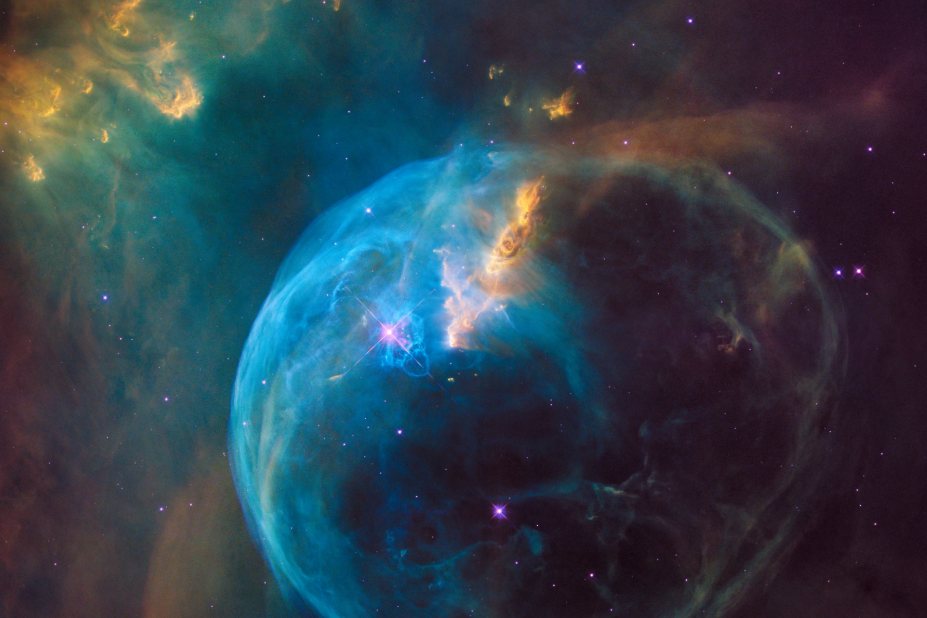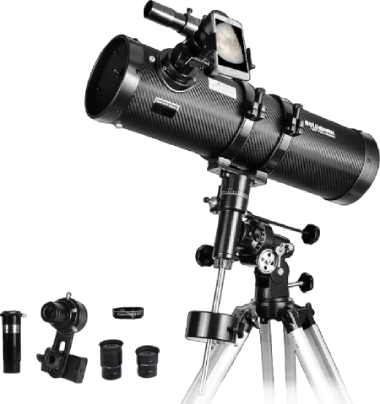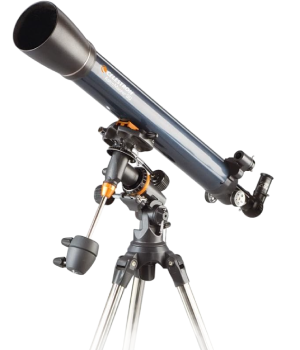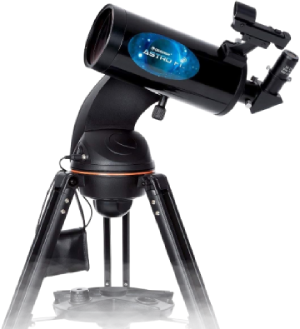Astronomy is one of the most inspiring hobbies you can start—especially with the right equipment. For beginners just stepping into the world of stargazing, a telescope under $300 can offer surprising performance without breaking the bank.
Affordable Stargazing for New Explorers

Whether you're a student, a curious parent, or someone who’s always dreamed of seeing the Moon's craters or Jupiter's moons up close, these entry-level telescopes offer the perfect balance of price and performance.
This guide showcases the best budget telescopes for beginners, each carefully selected for quality optics, ease of use, and value. We'll also cover how to choose the right one based on your needs and answer common questions about beginner telescopes.
✨ James Webb Nebula Gallery
Top 5 Budget Telescopes for Beginners
...[Content omitted for brevity]Start Your Stargazing Journey Today
You don't need to spend thousands to enjoy the night sky. The telescopes listed above strike the perfect balance between affordability and performance for beginners.
Whether you're watching the craters of the Moon or spotting Jupiter's stripes, there’s a telescope under $300 ready to unlock the cosmos.
Can't Sleep?
Celestron AstroMaster 90EQ Review: A Reliable Refractor Telescope for Beginner Stargazers
How to Choose the Right Beginner Telescope Under $300
Aperture is King
The most important factor in any telescope is aperture. Look for at least 70mm in refractors or 100mm in reflectors for good planetary and lunar views.
Type of Telescope
- Refractors: Easier to maintain, good for moon and planets.
- Reflectors: More aperture per dollar, better for deep sky, but need collimation.
- Compound/Catadioptric: Rare under $300, but occasionally available used.
Mount Type
- Altazimuth: Simple, like a camera tripod—great for beginners.
- Equatorial: Better for following stars but has a steeper learning curve.
Portability and Accessories
If you want to stargaze on trips, choose lightweight models or kits with backpacks. Extras like smartphone adapters can also make the experience more fun.
Avoid Overpromising Brands
Be cautious of brands promising to “see galaxies in HD” at $50. Stick to trusted names like Celestron, Orion, Zhumell, and Gskyer.


